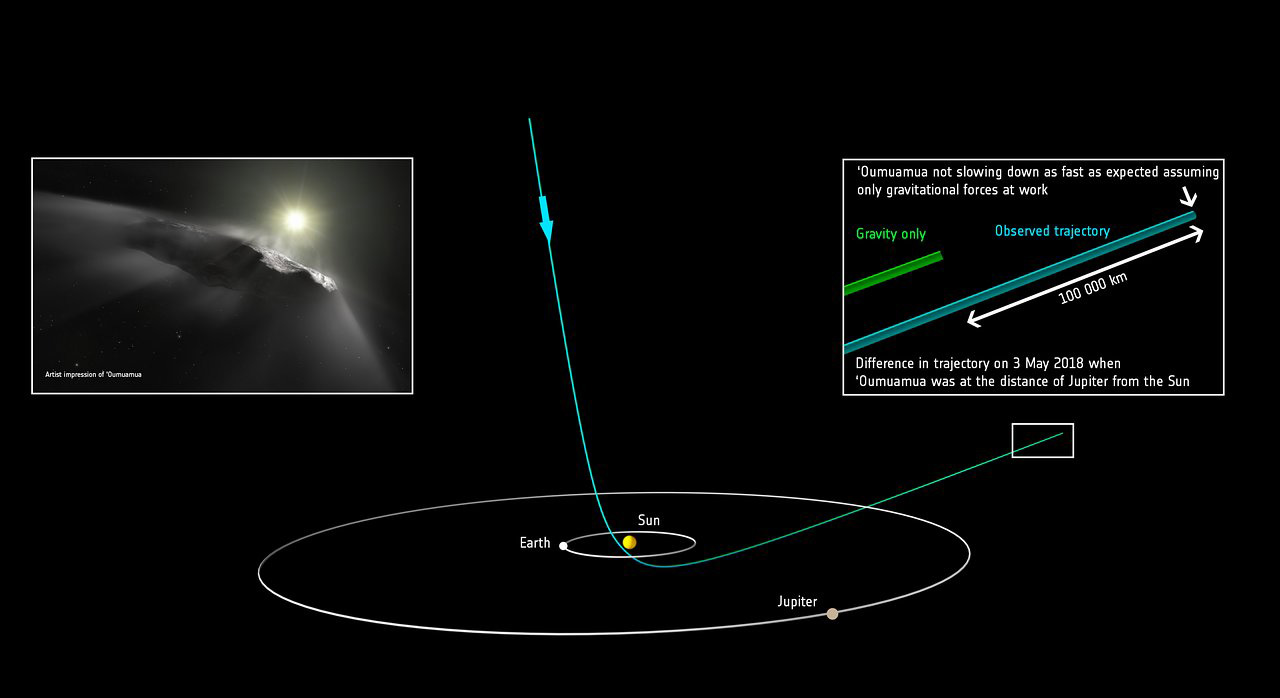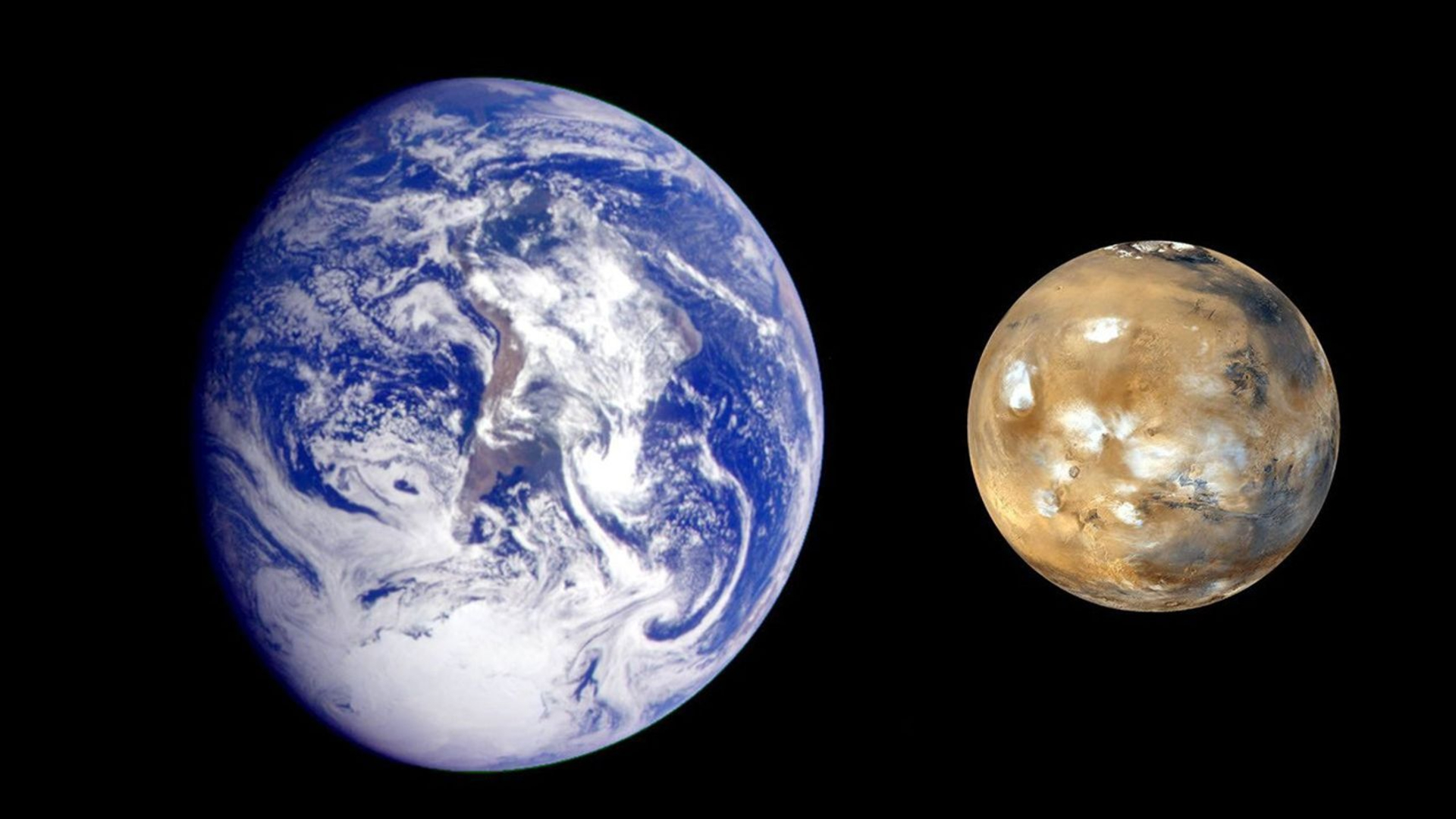Interstellar Visitor 'Oumuamua Is a Comet After All
It turns out that 'Oumuamua, our first known interstellar visitor, is a comet after all.
This cosmic object was first discovered in 2017 by researchers with the Panoramic Survey Telescope Rapid Response System (Pan-STARRS). Its strange, cigar-like shape, its lack of both a tail and a coma, has made it difficult to categorize — some even suggested it could hold extraterrestrial life. It has so far been classified as a comet, classified as an asteroid, and even put into a new "interstellar objects" class.
'Oumuamua, since its discovery, has been very difficult for researchers to study and understand because, since "this was actually a faint object … we had very little time to observe it," Karen Meech, an astronomer at the University of Hawaii and co-author on the new work, told Space.com. But now, in a paper published today (June 27) in the journal Nature, researchers seem to have concluded that the mysterious interstellar body is a comet. Scientists still don't know where the dark-red, 2,624-foot-long (800 meter) object came from, but at least part of the mystery has now been put to rest. ['Oumuamua: The Solar System's 1st Interstellar Visitor Explained in Photos]
Tumbling through our solar system, 'Oumuamua's movement and behavior along this journey has led researchers to their conclusion. They found that the arc that 'Oumuamua traveled along can't be entirely explained by the gravitational pull of the sun, planets and other solar system objects. So, as the researchers explained in the new paper, part of the object's acceleration isn't caused by gravity.
Classifying the object as a comet explains its arcing movement and nongravitational acceleration, as comets can be propelled by gas they release.
There are other possible explanations for this acceleration, like magnetic interaction with the solar wind, pressure from solar radiation, and forces of drag and friction. But the researchers ruled these out.
This leaves the remaining explanation that 'Oumuamua is propelled partially by gas, which would indicate that it is a comet.
Breaking space news, the latest updates on rocket launches, skywatching events and more!
Meech said that this study "conclusively ends" the mystery of what this object really is, while adding that "there's never a hundred percent guarantee on anything."
These researchers are "inferring that it is a comet based on all available evidence, but there is no other explanation," Meech said. She added that, if they wanted concrete proof that it is a comet, they would have needed to see "a tail of dust and gas, but that just wasn't possible in this case."
Still, 'Oumuamua is anything but a standard comet. It lacks a coma, which is the cloud of gas and dust that usually envelops a comet's core, and researchers didn't observe a classic comet tail. The object also has a noticeably unique appearance. So, with the knowledge that they have, the researchers found that 'Oumuamua must be a comet.
The main remaining mystery about 'Oumuamua is its origin. Researchers still don't know where the object came from and, according to Meech, knowing that the object has nongravitational motion will make it even more difficult to figure out its source.
Email Chelsea Gohd at cgohd@space.com or follow her @chelsea_gohd. Follow us @Spacedotcom, Facebook and Google+. Original article on Space.com.

Chelsea “Foxanne” Gohd joined Space.com in 2018 and is now a Senior Writer, writing about everything from climate change to planetary science and human spaceflight in both articles and on-camera in videos. With a degree in Public Health and biological sciences, Chelsea has written and worked for institutions including the American Museum of Natural History, Scientific American, Discover Magazine Blog, Astronomy Magazine and Live Science. When not writing, editing or filming something space-y, Chelsea "Foxanne" Gohd is writing music and performing as Foxanne, even launching a song to space in 2021 with Inspiration4. You can follow her on Twitter @chelsea_gohd and @foxannemusic.


